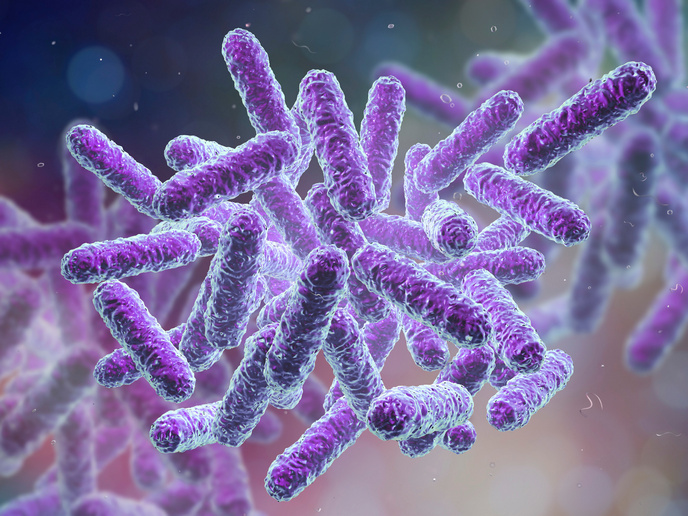Chromatin structure and DNA repair
DNA is wrapped around histones to form chromatin and its conformation can vary with degree of compaction. Essential processes such as DNA repair, transcription and replication are tightly linked, demanding specific chromatin conformations. The EU-funded ADDRESS(opens in new window) (Joint training and research network on chromatin dynamics and the DNA damage response) project established a research and training network dedicated to investigating the functions of chromatin upon DNA damage. The main longer-term objective was to determine the molecular and configurational role of chromatin in DNA repair and its impact on disease development. Partners employed state-of-the-art technologies including high-throughput epigenomics and transcriptome profiling, mass spectrometry-based methodologies as well as genetic manipulation and knockdown technologies. To ensure translation of research into the clinic, the researchers have covered bioinformatics and pre-clinical evaluation studies. Project members gained significant insights and generated a wealth of information on the interplay between the systems engaged in the event of DNA damage and repair as well as how defective DDR impacts cell fate and leads to disease development. ADDRESS activities allowed researchers to get to the roots of the causes of DNA damage-driven pathologies like cancer and age-related dysfunctions and determine ways to identify new pharmaceuticals against age-related pathologies and carcinogenesis. Results of the research have been disseminated at the local and international level in the form of publications in top-level scientific journals, posters and oral presentations at conferences. Unravelling the molecular mechanisms of ageing(opens in new window) has been featured in Laboratory News. It described the work of ADDRESS in relation to other EU projects on cell ageing. Workshops have featured themes including ‘DNA damage, chromatin and ageing’, ‘Regulation of the (Epi) Genome during Ageing’ and ‘Gene Regulation’. A significant part of the ADDRESS project was dedicated to promoting and establishing a durable research network between the participating labs and small to medium enterprises. The resulting increase in research synergy should have clinical benefits well beyond the limits of this successful initiative.







